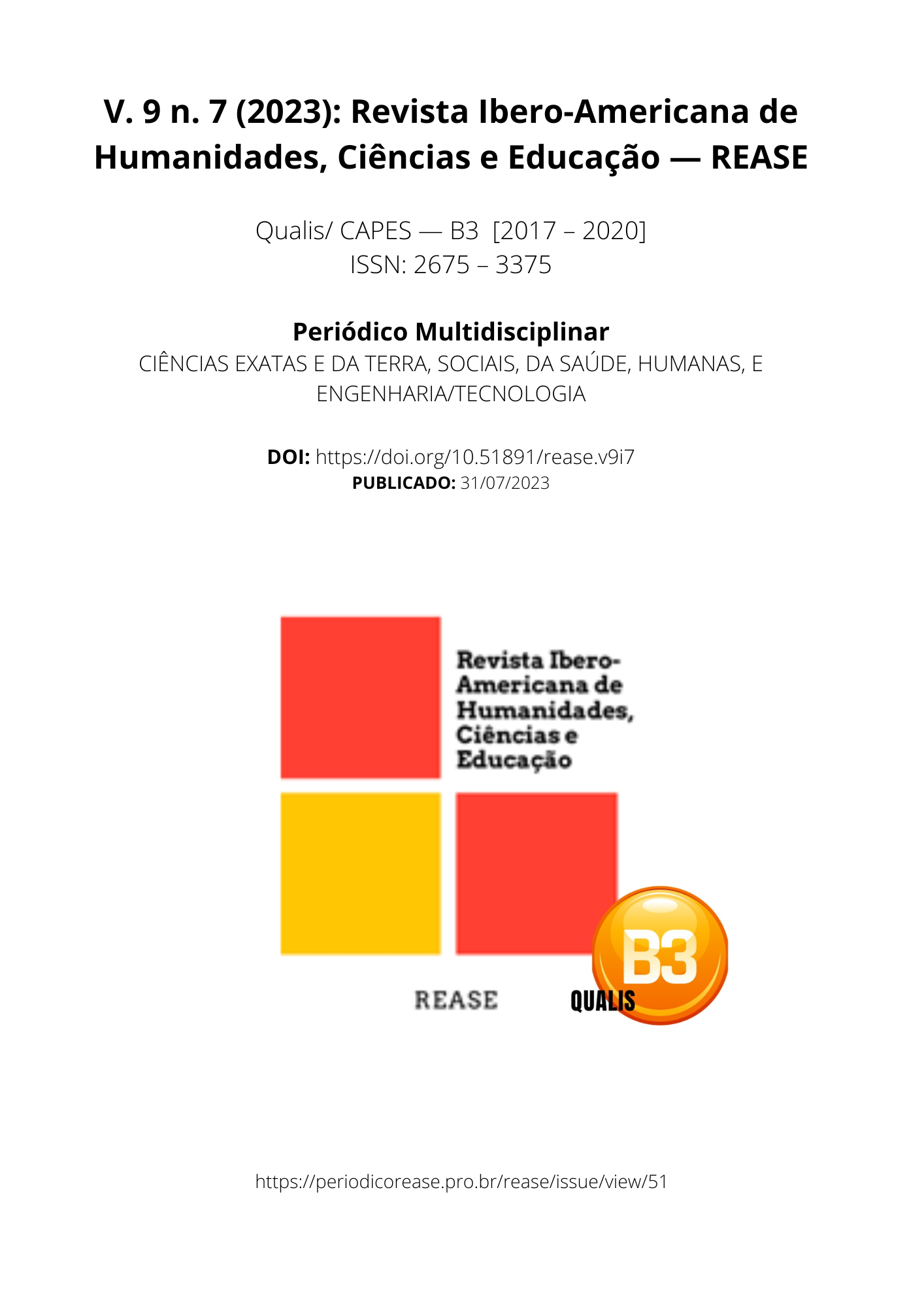POSTERIOR CRUCIATE LIGAMENT INJURY: CASE REVIEW
DOI:
https://doi.org/10.51891/rease.v9i7.10391Keywords:
Posterior cruciate ligament. Ligament injury. Knee instability.Abstract
Posterior cruciate ligament (PCL) injury is a common injury that affects the knee, resulting in knee instability and dysfunction. The posterior cruciate ligament plays an important role in knee stability by preventing the tibia from sliding backward relative to the femur. When a PCL injury occurs, several symptoms can occur, such as instability, pain, swelling and difficulty in performing physical activities.
Diagnosis of PCL injury is based on clinical evaluation, patient history and imaging tests, such as magnetic resonance imaging (MRI), which allows assessing ligament integrity and detecting associated injuries. Treatment can be conservative, with physiotherapy and rehabilitation, or surgical, depending on the severity of the injury and the functional demands of the patient. The conservative approach includes muscle strengthening exercises, stretching, swelling control and proprioceptive re-education. Surgery is already indicated in cases of serious injuries, associated injuries or when the patient needs greater joint stability for specific activities. After surgery, rehabilitation plays a key role in the patient's recovery. The rehabilitation process aims to restore muscle strength, stability and knee function, allowing a gradual return to normal activities. It is important to point out that the PCL injury may be associated with other ligament and structural injuries of the knee, such as meniscal and cartilaginous injuries. Therefore, a thorough and proper evaluation is essential for effective treatment and better long-term outcomes. In conclusion, posterior cruciate ligament injury is a condition that can cause knee instability and dysfunction. Early diagnosis, adequate treatment and effective rehabilitation play a crucial role in recovery and return to normal activities. The choice of treatment depends on the severity of the injury, the patient's functional needs and the presence of associated injuries.
Downloads
Downloads
Published
How to Cite
Issue
Section
Categories
License
Atribuição CC BY

